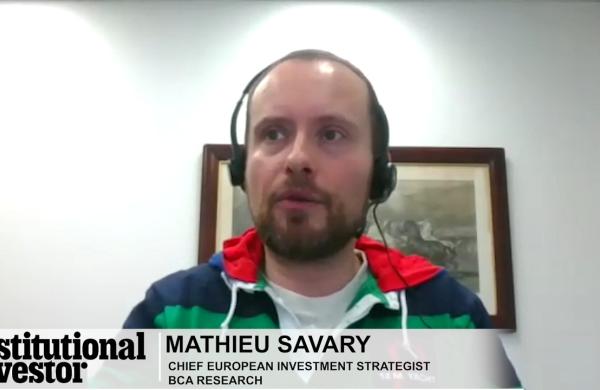More brokerage firms are likely to set up internal networks for crossing electronic order flow to cut execution costs before Regulation NMS increases the price of market access this summer. Currently, only about 5% of the order flow the sellside executes is internalized but it could increase to over 8%, traders estimated.
Reg. NMS's market data provision calls for an increase of a third of a cent per share from the current levels of about a penny. Previously only ECNs charged the extra third of a cent for access, but some firms are willing to pay the premium because of greater liquidity. Analysts and traders alike expect more large- and mid-tier and discount trading firms to start crossing order flow.
Internalization reduces the typical execution cost, usually a little over a penny per share, to just half a cent--because the brokerage no longer has to pay access and market data fees. Moreover, brokerages can charge twice for executing the same order because they are on both sides of the trade. That's about three cents from each customer whose order is being crossed.
Currently, only a handful of brokerage firms offer internal crossing. Program trading leader Credit Suisse First Boston uses its CrossFinder system. Others are Goldman Sachs' Sigma ATS and Morgan Stanley. The crossing business is in such high demand from institutions looking for liquidity in a fragmented market that whole networks have been created. Liquidnet, a crossing network for institutions, currently executes close to $400 billion each quarter.
There is some controversy, however. Customers are often suspicious of brokerages that have internal crossing networks, as they fear the brokerages may use the information from the customer's trade and trade ahead for its proprietary accounts. "I would shy away from internal crossing. I feel that [sell-side traders] could use my information against me," said Nhan Bui, head of equity trading at First Quadrant.
To assuage customer fears, the firm must first clearly show that its proprietary trading desk is walled off from seeing the electronic order flow, said Sang Lee, founder of consultancy Aite Group. Moreover, providing detailed execution reports to customers helps convince them of the price improvement they receive through the process, added Scott Stickler, executive director at Morgan Stanley.




